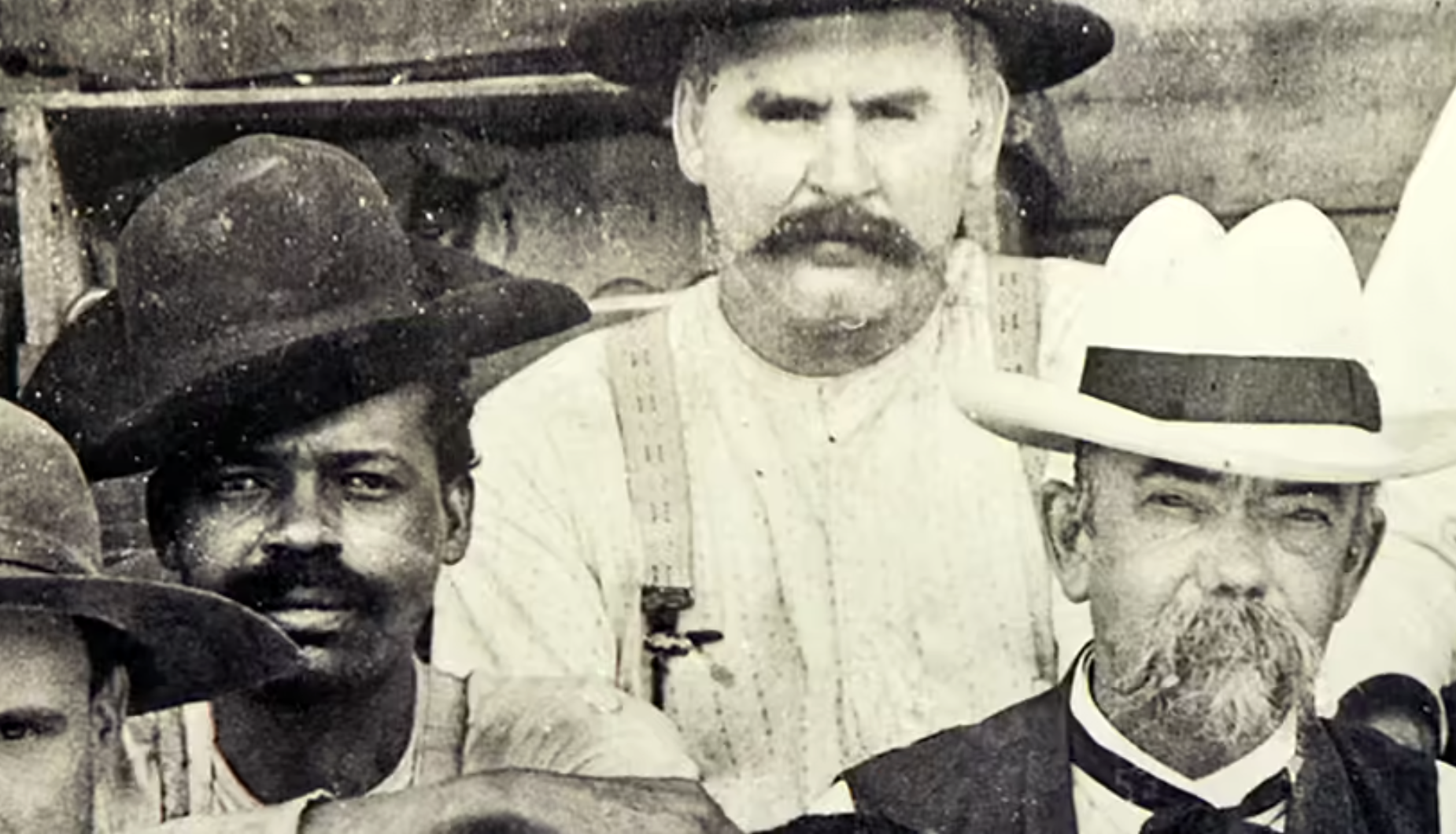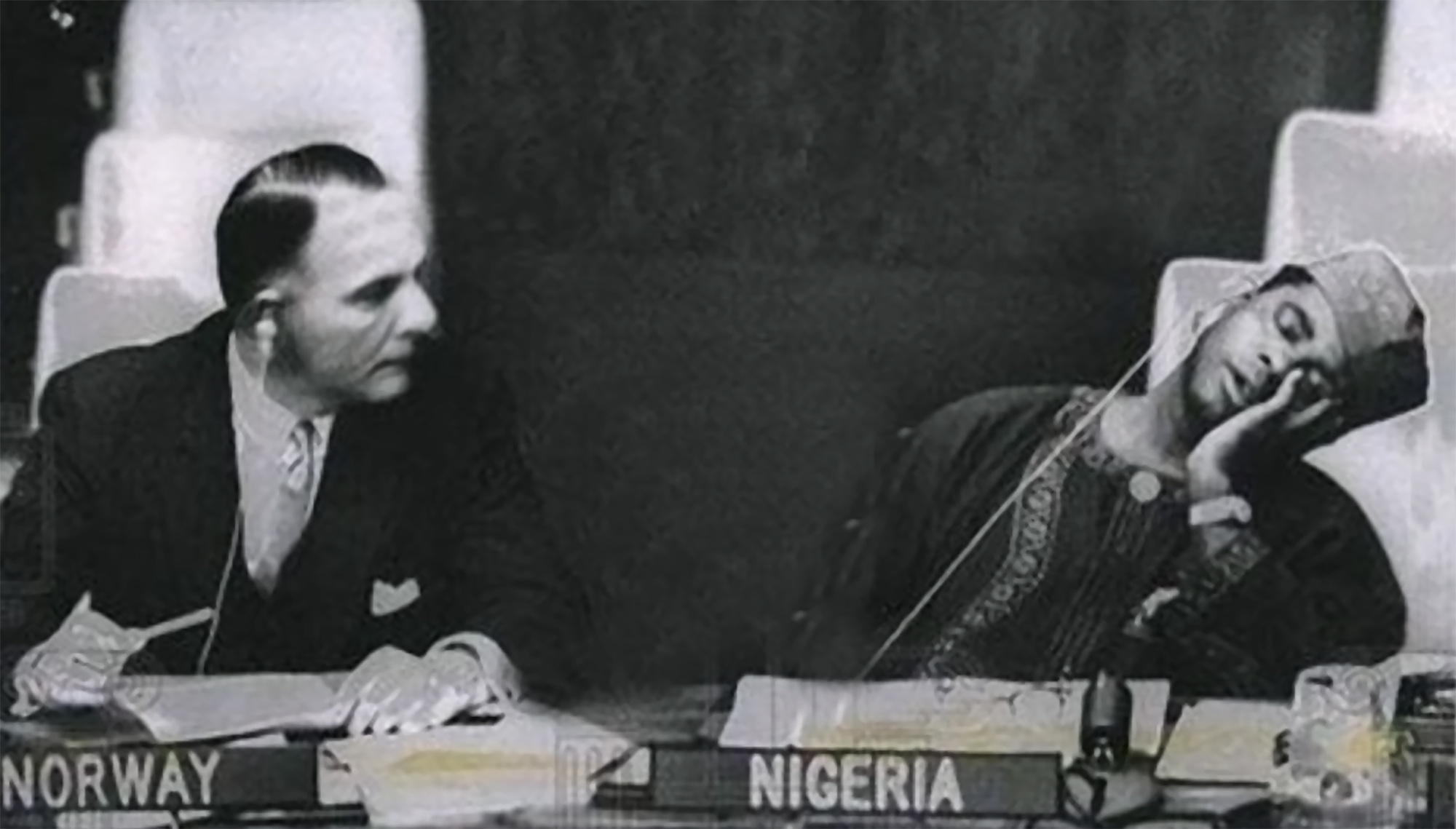Death Matched by Black

Kingdom of Navarre, May and June 1348. The Black Death entered the kingdom in the north. In previous years there was more rainfall than usual in Navarre, which caused the crops of 1346 and 1347 to be very poor and the famine in the kingdom took over it. He discovered an ideal environment for spreading epidemics: The Navarros were weakened by hunger and conditions of humidity and temperature accelerated their spread.
It is difficult to calculate the number of deaths that caused the Black Death. It is estimated that it killed more than 30% of Europeans, that is, about 25 million people, and more than 40-60 in Asia. The percentage was higher in Navarra; Peio J. According to historian Monteano, half of the population died of plague, at around 140,000 people.
Thus, Navarre was one of the territories most afflicted by the Black Death. But in those years, neither when the kingdom was punished by hunger, nor when it was killed by the epidemic, the Queen of Navarra approached her kingdom.
In 1328, with the death of Charles, king of Navarre and of France, a debate about the succession took place. The Navarros took advantage of this situation to separate from France and on 1 May the courts proclaimed Reyes de Navarra to Juana, the daughter of Luis X of France, and to her husband Felipe de Evreux. Philip VI consented to be crowned if the marriage definitively renounced the throne of France. Finally, accepting the condition, on March 5, 1329, the office of Juana de Navarra II.ak and Filipe I II.ak was sworn in in Pamplona. It was then that John stepped into the kingdom for the first and last time.
Filipe III became king of Navarre in 1343. Ally of Alfonso XI of Castile, the King of Navarre participated in the Iberian Reconquista. In Navarre the army met and immediately headed to the Kingdom of Granada. He died that year at the site of Algeciras.
After the death of her husband, Joana II.ak continued to rule in Navarre, at a distance, through her email account. He never returned to Navarra. He lived near Paris, in the castle of Bréval. It was no bad place to avoid the Black Death. The epidemic especially affected the poorest citizens, the least healthy, who, accumulated in the villas, lived in poor hygienic conditions. A thousand kilometers from her kingdom, isolated in the castle, the queen was more likely to deceive death than her subjects. But he died of illness on 6 October 1349.
Death equals us all. Black Death at least matched the absent queen of Navarre with half of her subjects.
Copenhagen, 18 December 1974 At 12 noon a ferry arrived at the port, from where a group of about 100 Santa Claus landed. They brought a gigantic geese with them. The idea was to make a kind of “Trojan Goose” and, upon reaching the city, to pull the white beard costumes... [+]
Tennessee (United States), 1820. The slave Nathan Green is born, known as Nearest Uncle or Nearest Uncle. We do not know exactly when he was born and, in general, we have very little data about him until 1863, when he achieved emancipation. We know that in the late 1850s Dan... [+]
The Centre Tricontinental has described the historical resistance of the Congolese in the dossier The Congolese Fight for Their Own Wealth (the Congolese people struggle for their wealth) (July 2024, No. 77). During the colonialism, the panic among the peasants by the Force... [+]
New York, 1960. At a UN meeting, Nigeria’s Foreign Minister and UN ambassador Jaja Wachucu slept. Nigeria had just achieved independence on 1 October. Therefore, Wachuku became the first UN representative in Nigeria and had just taken office.
In contradiction to the... [+]
Today, 50 years ago, the labor movement of the Basque Country wrote a very important chapter in its history. In Hegoalde, some 200,000 workers went on a general strike in protest against the Franco regime, which lasted two months. This mobilization made it clear that the... [+]
Researchers at Johns Hopkins University have discovered several cylinders with inscriptions at the present Syrian Reservoir, the Tell Umm-el Marra. Experts believe that the signs written in these pieces of clay can be alphabetical.
In the 15th century a. The cylinders have... [+]
Pamplona, 1939. At the beginning of the year, the bullring in the city was used as a concentration camp by the Francoists. It was officially capable of 3,000 prisoners of war, at a time when there was no front in Navarre, so those locked up there should be regarded as prisoners... [+]





















